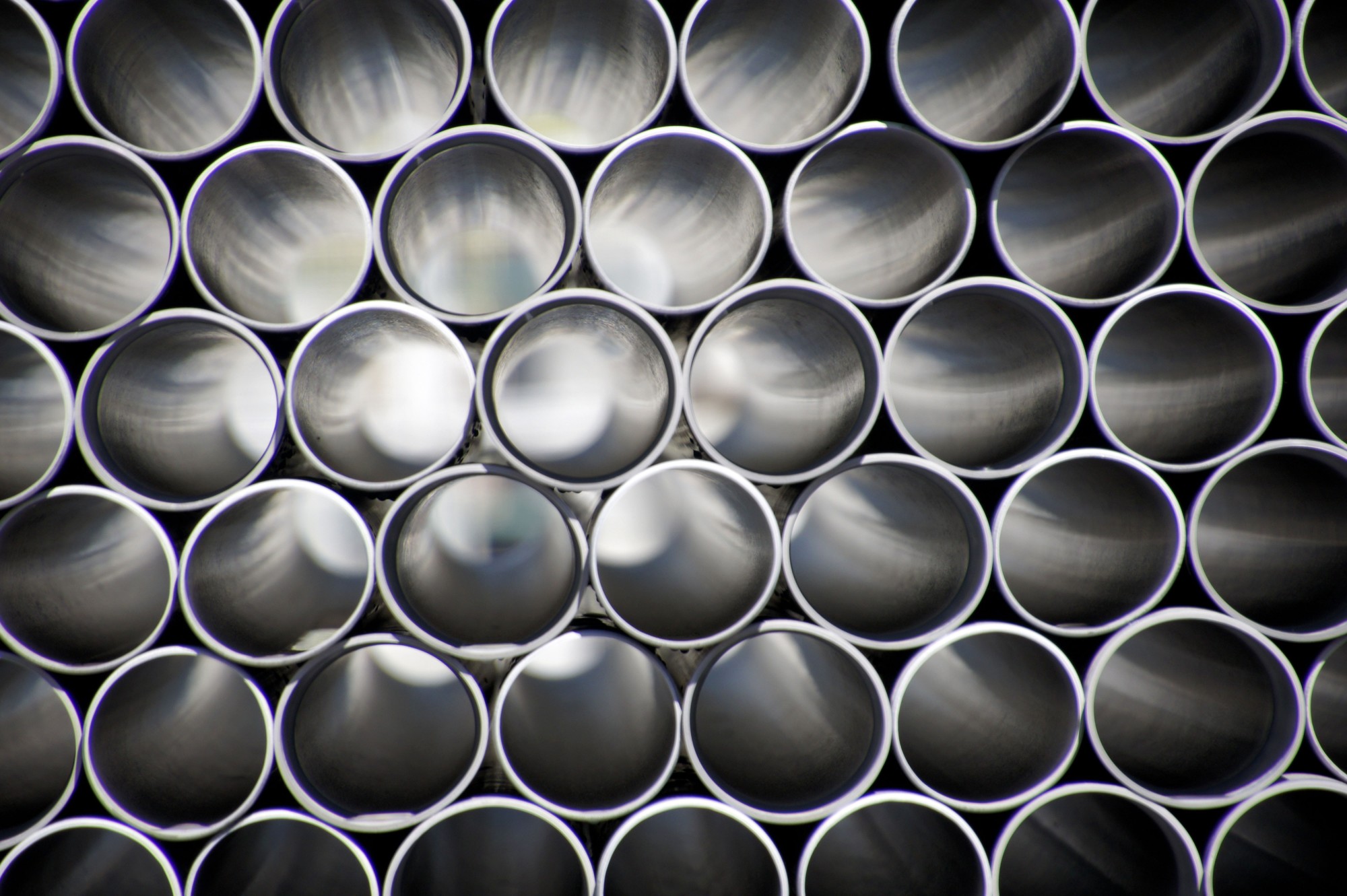Nov . 26, 2024 22:41 Back to list
Affordable HDPE Conduit Fittings for Wholesale Distribution and Construction Needs
The Rise of Wholesale HDPE Conduit Fittings in Modern Infrastructure
In recent years, the construction and utilities sectors have experienced a significant transformation, integrating more advanced materials and technologies to enhance efficiency and sustainability. One standout development in this arena is the increasing demand for High-Density Polyethylene (HDPE) conduit fittings. As these fittings play a crucial role in safeguarding electrical and telecommunications systems, their wholesale supply has become an essential part of infrastructure development.
Understanding HDPE Conduit Fittings
HDPE, or High-Density Polyethylene, is a thermoplastic made from petroleum. Known for its high strength-to-density ratio, HDPE is an ideal material for creating conduit fittings, which are used to protect and route electrical wiring and cables. The durability and chemical resistance of HDPE make it suitable for various environments, including areas exposed to harsh weather and soil conditions. HDPE conduit fittings are lightweight, yet incredibly strong, making them easy to transport and install.
Conduit fittings, including elbows, tees, and couplings, are vital in the proper installation of electrical and data communication systems. They ensure that the cables remain insulated from external damage while providing a clear pathway for installation and maintenance. The demand for these fittings is soaring, particularly among construction firms and utility companies.
The Benefits of Using HDPE Conduit Fittings
Several factors contribute to the growing popularity of HDPE conduit fittings. First and foremost is their remarkable durability. Unlike traditional materials such as PVC or metal, HDPE does not corrode or degrade over time, especially in wet or humid conditions. This longevity translates to lower maintenance costs and fewer replacements, proving beneficial in the long run.
Another key advantage of HDPE fittings is their resistance to impact and cracking. These products are designed to withstand physical stress and can endure extreme temperature fluctuations, making them suitable for diverse environmental conditions. Their flexibility also allows for easier installation in difficult terrain or tight spaces, reducing labor costs and time on site.
Moreover, using HDPE fittings aligns with modern sustainability goals. HDPE is recyclable and often made from post-consumer recycled materials, leading to a reduced carbon footprint. As industries increasingly focus on sustainable practices, the use of HDPE fittings promotes environmental responsibility while fulfilling infrastructure requirements.
wholesale hdpe conduit fittings

Market Trends and Future Prospects
The wholesale market for HDPE conduit fittings has been growing as companies strive to meet the infrastructure demands of rapidly urbanizing populations worldwide. As cities swell and technology advances, the need for reliable electrical and data networks becomes paramount. Consequently, construction companies are turning to HDPE conduit systems, driving demand in the wholesale market.
According to market research reports, the global HDPE conduit market is projected to expand significantly, driven by factors such as the rise in infrastructural projects, increasing electricity demand, and advancements in telecommunications. Countries investing heavily in smart city projects and renewable energy sources are particularly fueling the need for efficient electrical conduit systems.
Challenges and Considerations
Despite their advantages, the HDPE conduit fittings market does face challenges. One of the primary concerns is market competition. Numerous manufacturers produce similar products, making it essential for wholesalers to differentiate themselves through quality, reliability, and customer service. Additionally, education about the benefits of HDPE fittings over traditional materials is crucial for market growth. Many industry professionals may still be unfamiliar with HDPE, necessitating informative outreach and promotional activities.
Quality assurance is another critical consideration. As infrastructural projects often involve substantial investments, wholesalers must ensure that their fittings meet regulatory standards and specifications. Compliance with industry benchmarks not only protects end-users but also enhances the wholesaler's reputation in the competitive marketplace.
Conclusion
Wholesale HDPE conduit fittings represent a vital component of modern infrastructure, aligning with the ongoing demand for durability, sustainability, and efficiency. As the market continues to expand, the benefits of adopting HDPE materials are becoming increasingly clear. With proper education and quality assurance, wholesalers can establish a strong presence in this growing sector, contributing to the advancement of electric and telecommunications systems worldwide. As infrastructure continues to evolve, the reliance on HDPE conduit fittings will undoubtedly play a crucial role in shaping the future of construction and utilities.
-
High-Quality PVC Borehole Pipes Durable & Versatile Pipe Solutions
NewsJul.08,2025
-
High-Quality PVC Perforated Pipes for Efficient Drainage Leading Manufacturers & Factories
NewsJul.08,2025
-
High-Quality PVC Borehole Pipes Durable Pipe Solutions by Leading Manufacturer
NewsJul.08,2025
-
High-Quality PVC Borehole Pipes Reliable PVC Pipe Manufacturer Solutions
NewsJul.07,2025
-
High-Quality UPVC Drain Pipes Durable HDPE & Drain Pipe Solutions
NewsJul.07,2025
-
High-Quality Conduit Pipes & HDPE Conduit Fittings Manufacturer Reliable Factory Supply
NewsJul.06,2025

